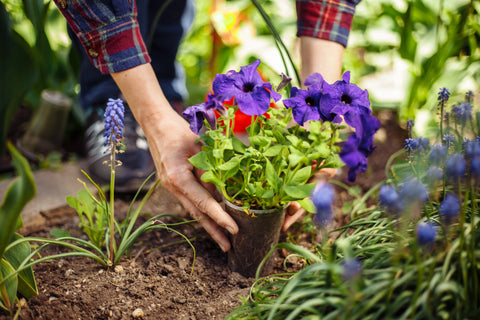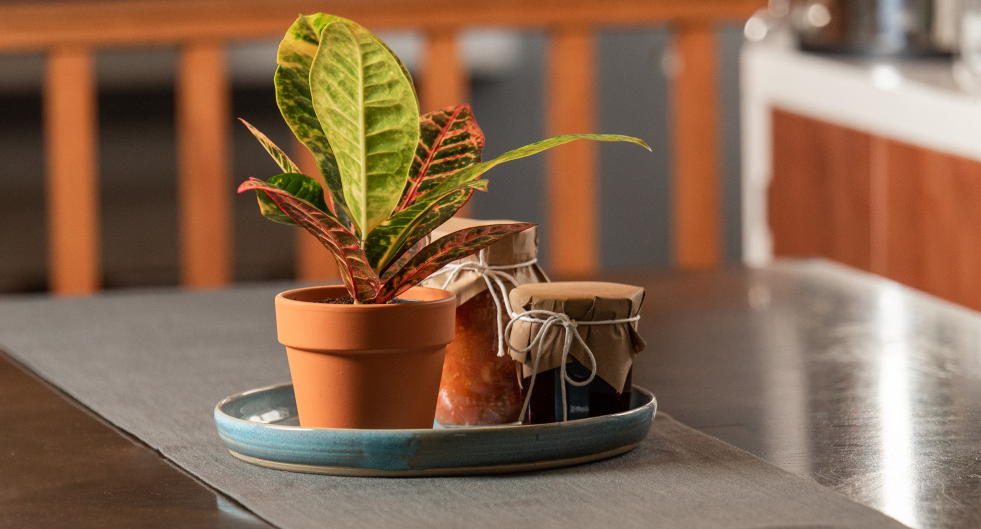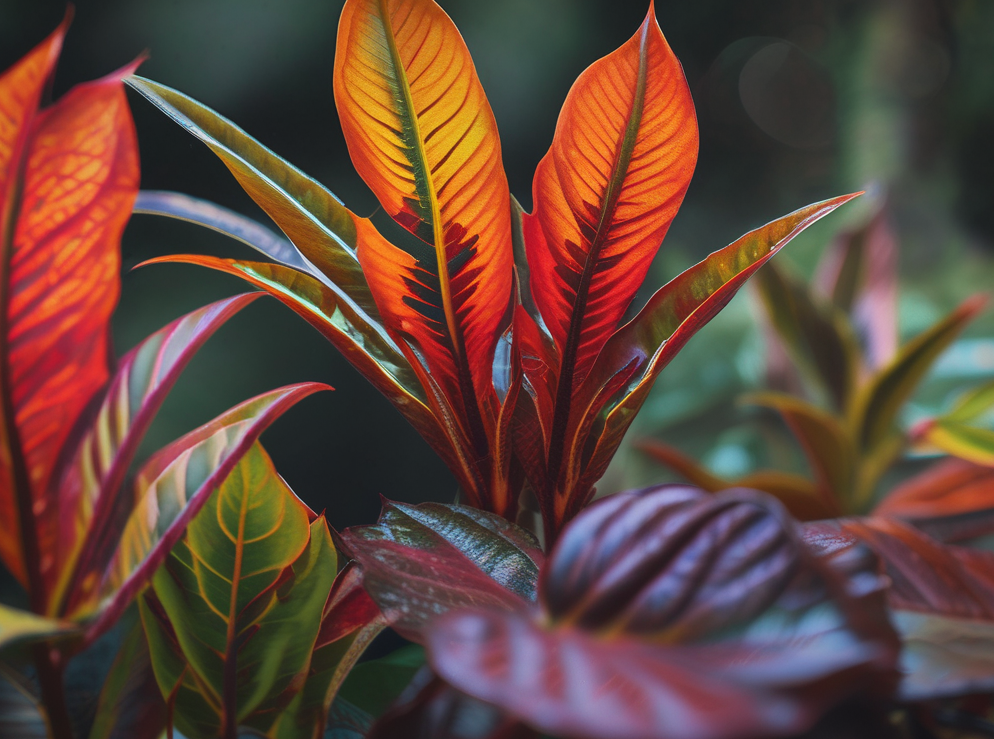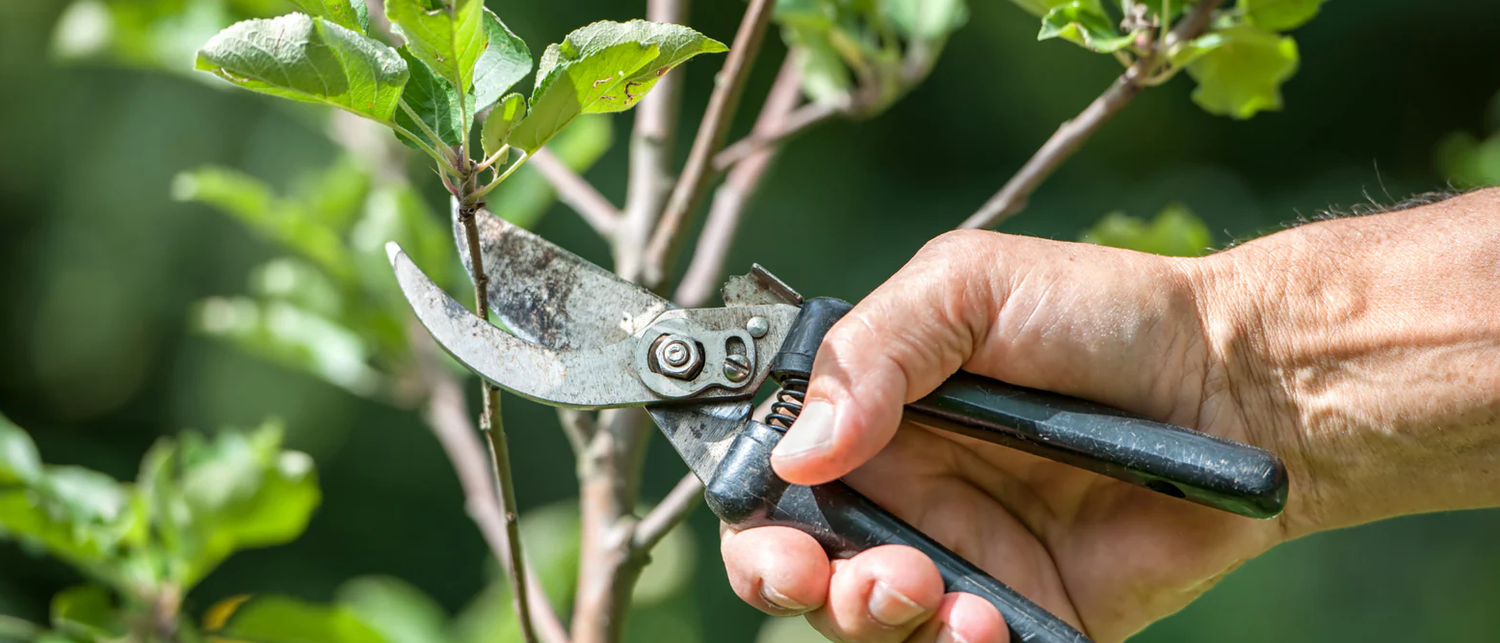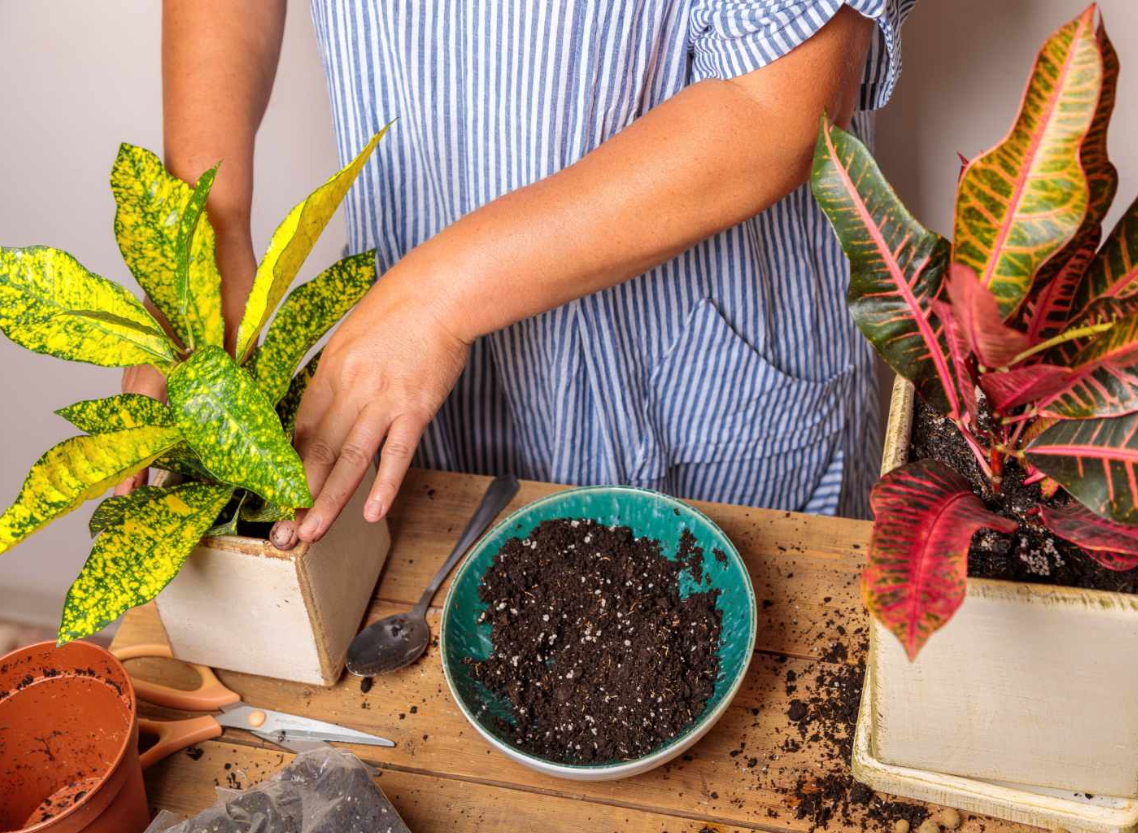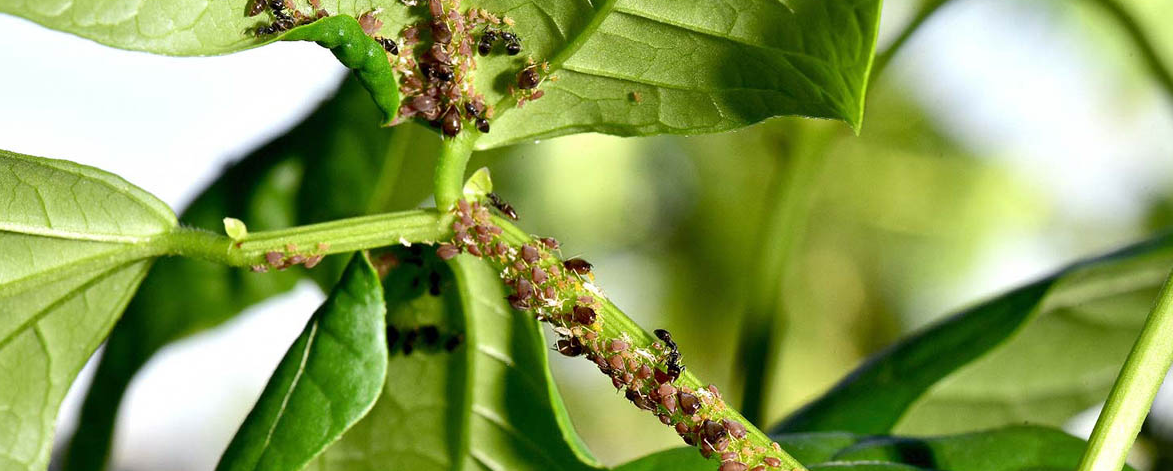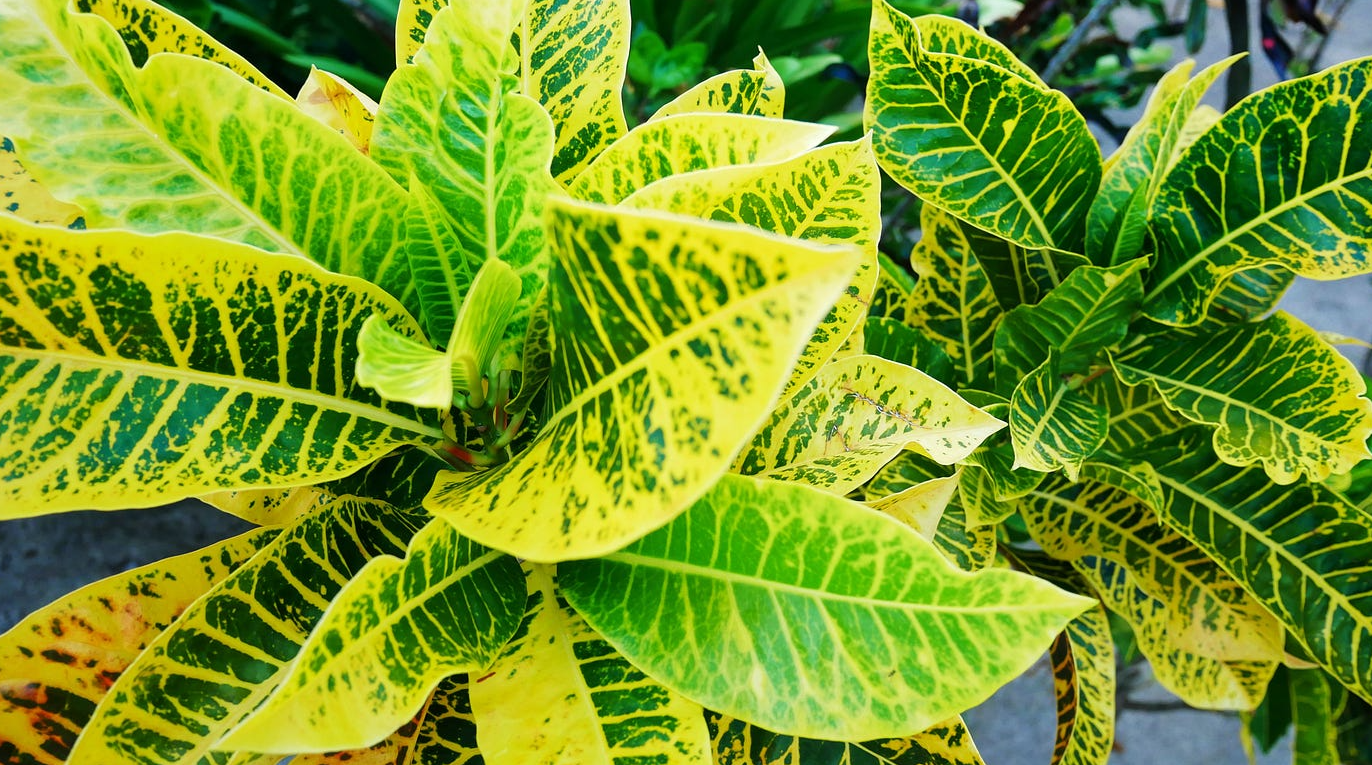Looking for a bold, colorful plant that brightens up any space? Well, look no further. Croton is also known as Garden Croton. It is a tropical shrub native to Southeast Asia and Oceania. Croton has wide varieties, which have specific shapes and striking patterns. It is one of the easiest houseplants that anyone can grow. This variation in this plant makes it a favorite for plant lovers. While they can grow to 10 feet tall in their natural habitat, the croton remains manageable in the house. In this blog, we will explore everything you should know about growing and caring for croton plants.
|
Common Name |
Garden Croton |
Scientific Name | Codiaeum variegatum |
|
Family |
Euphorbiaceae |
Plant Type | Perennial or shrub |
|
Sun Exposure |
Partial or shaded sunlight to indirect bright light |
Soil Type | Slightly textured and well drained soil |
|
Bloom Time |
Summer to early fall |
Flower Color | Green, White, Yellow |
|
Hardiness Zone |
9-10 (USDA) |
Native Area | SouthEast Asia and Oceania |
|
Leaves Characteristics |
Vibrant colored leaves |
Preferred Humidity | 40 - 80% |
|
Special Features |
Ability to purify air |


